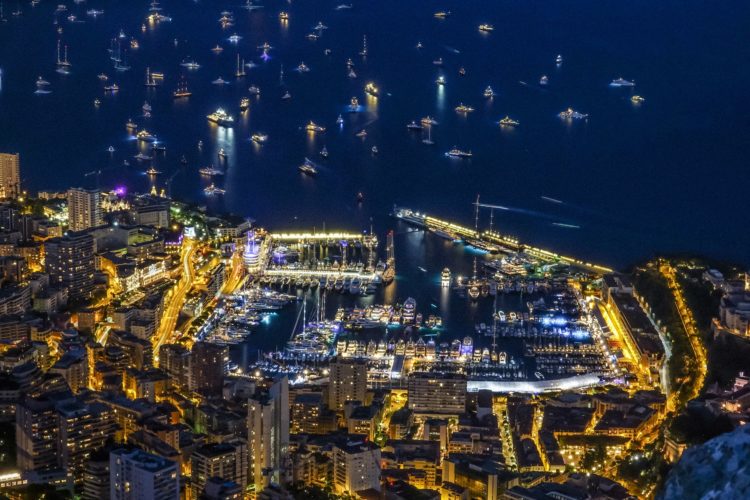Characterized as dense aggregations of economic and social life, mcicrocity clusters dominate cities around the world. Microcity clusters are in and around airports, ports, international rail stations, venues, malls, corporate and university campuses, office parks, and other highly concentrated urban zones.
ABI Research estimates over 13,000 microcities globally.
While Covid-19 has exposed the vulnerability of dense urban clusters, their role as engines of economic growth will remain unchallenged, despite categories like malls, which are expected to decline in specific regions due to the accelerated adoption of digital lifestyles, such as e-Commerce.
Dominique Bonte, VP End Markets and Verticals at ABI Research says microcities will remain hotbeds for urban technology innovation.
“Common technologies deployed across all microcity types include smart cameras and biometrics, robotics and automation, digital signage, private Wi-Fi and 5G networks, and micro-grids. They allow addressing specific challenges related to people flow management, access and security, overall customer experience, and environmental impact while generating cost savings through maximizing operational efficiencies.”
Dominique Bonte
A wide range of smart cities technology vendors and service providers are focusing their product and solution strategies on one or more microcity types. Examples include Nokia (private 5G networks for cargo ports), Accenture (consultancy and system integration for airports), Navya (driverless vehicles for airports), IBM (data analytics and AI for ports), Cisco (IoT platforms for ports), Alstom (passenger flow management at railway stations), NEC (Software-Defined Networking for railway stations), Siemens (industrial systems for airports, campuses, and railway stations), and HERE (yard management at ports).
Future developments
ABI Research acknowledged that microcities will continue to define the urban footprint. However, future urbanization concepts will shift from ultra-clusters to more distributed, smaller-scaled microcities. The shift will arise as new linear, pedestrianized, and suburban city designs informed by sustainability, resilience, and digital lifestyle imperatives start taking hold.
“New forms of on-demand mobility such as airborne taxis and often underground high-speed transit, like ultra-fast trains and hyperloops, will ensure spreading urban zones remain hyper-connected,” Bonte concluded.





